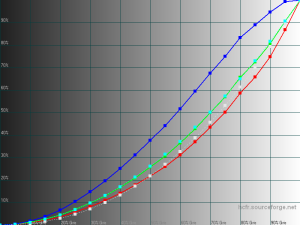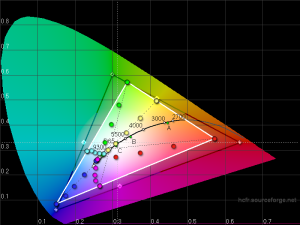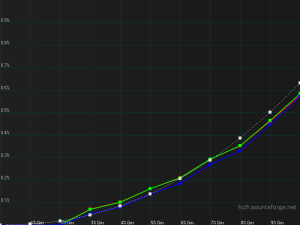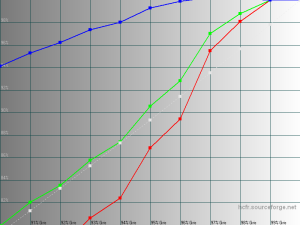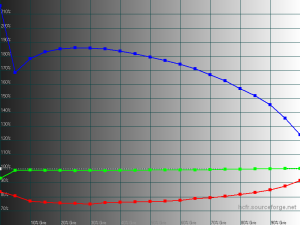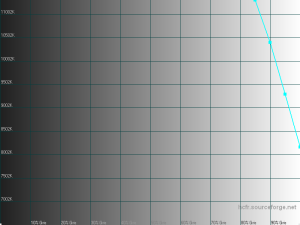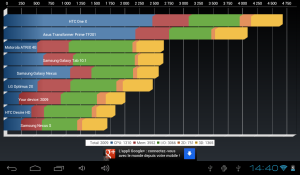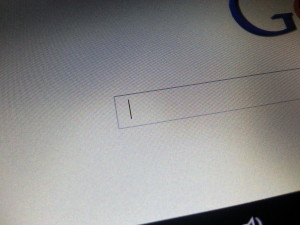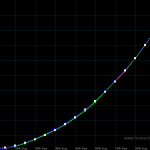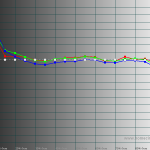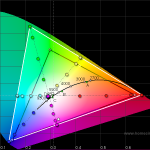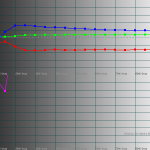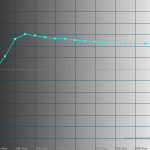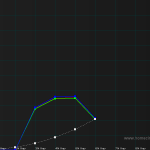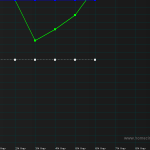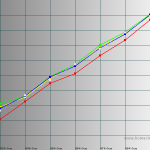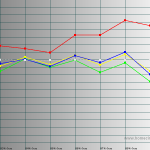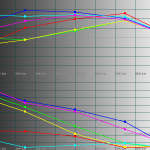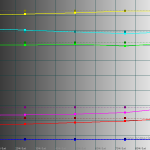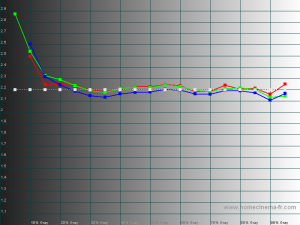Release of Archos GamePad tablet based on a RockChip dual core 1.6 GHz SoC with 4-core Mali 400 MP made me curious about this kind of hardware.
Archos tablet is announced at a price point of 149€ with Jelly Bean, 8GB of total storage and an interesting physical button mapping tool.Thanks to Jean Luc Castellani, JBmm.fr author, I had a glimpses of what’s inside this one after he sent me a Voodoo Report.
Yesterday I saw something similar but priced at 99.99€ instead as I was running errands in a French Leclerc general store: the DEA Factory MyPlay
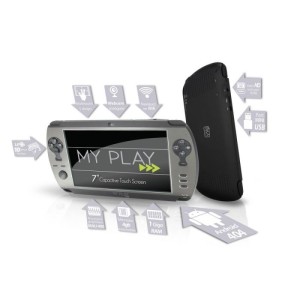 99.99€, possibility to return it during 7 days (no re-stocking fee). Sold!
99.99€, possibility to return it during 7 days (no re-stocking fee). Sold!
Honestly I was first surprised it was working properly as I was expecting much worse for such a cheap price. So I was quite impressed by the fact it’s a complete device.
I won’t make a full review here but just observations, de-facto incomplete.
Things I liked:
- Working and configurable HDMI output
- Okay headphone audio quality: not outstanding but surprisingly better than many pricier devices on market.
- Reasonably low weight
- Pre-rooted: that my friend is really lovely. Su binary present and insecure adb.
- It has Google Play store, and.. well, it works!
- Hardware is weak but the software probably makes most of it already: very close to AOSP, good quality port, no glaring problem.
- Not very sensitive but okay multi touch capacitive digitizer.
- Out of the box USB host capability and connection cable.
Things I disliked:
- Display:
- Mirror effect, reflectance is quite high
- Viewing angles, well yes it’s a TN panel, I’m not used to that anymore
- Highly visible sub-pixel grain, plane surfaces appearing as an uneven RGB matrix varying in its appearance with viewing angle.
- 44 Hz refresh rate on the panel instead of standard 60 Hz.
- Poor color calibration with a strong blue cast and clipping in blue channel.
- General slowness and lag mostly due to poor I/O performance leading to the device becoming barely usable at times.
- Audio / Video de-synchronization on HDMI, annoying when playing videos.
- Not a powerful gaming platform:
- Weak CPU: announced as 1.5 GHz Cortex A8 but runs at 1 GHz max.
- Weak GPU: Mali 400, yes but its slowest single-core implementation, not comparable to Archos GamePad quad-core Mali 400MP.
Audio measurements:
Like I said audio is quite decent when you plug headphones. The audio codec is not named by its driver so I don’t know exactly what’s inside.
THD values are low, and IMD+Noise stay reasonable as well unless you increase the output volume which leads to no obvious distortion but still an audible loss in quality when driving high quality low distortion headphones like Sennheiser HD 650.
Jitter is present but typically not audible, there’s no resampling artifacts either and frequency response is quite flat. If I bought this device it was also to measure how an Android device made of as cheap as it gets components was doing in the audio department and once again I’m observing price is not an indicator of audio quality.
Hiss, tested with very sensitive isolating Sennheiser SE535 in-ears is audible but okay. With some ALSA hacking the amp becomes almost black with no audible noise. Once again this is something many device sold at much higher price are unable to do.
Maximum volume is also quite loud (sorry no measurements here) and I doubt you’ll be lacking here with any kind of headphones.
RMAA measurements results for a comparison between Android volumes
I would recommend choosing volume 12 or 13 as line-out level if you plug an external amplifier.
Display measurements:
One good point is contrast ratio, at 920:1. Everything else is pretty unimpressive.
And of course the gamma value increase (darker) then some colors are inverted when looking from below the ideal viewing angle and and decrease (brighter) when looking from upper.
Some more images:
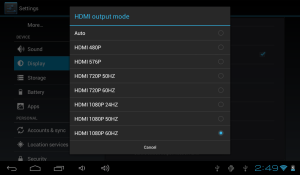
HDMI Settings.
1024×600 UI is scaled to the output resolution, video surfaces are treated separately: a 1080p video will be shown with 1:1 pixel mapping on 1080p HDMI settings.
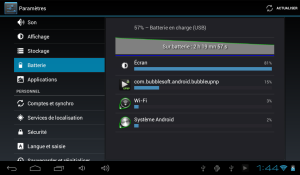
Battery usage when playing a 720p video from a DNLA server on Wi-Fi, at about 70% brightness level.
That’s about 3x 45minutes episodes watched in a row.
